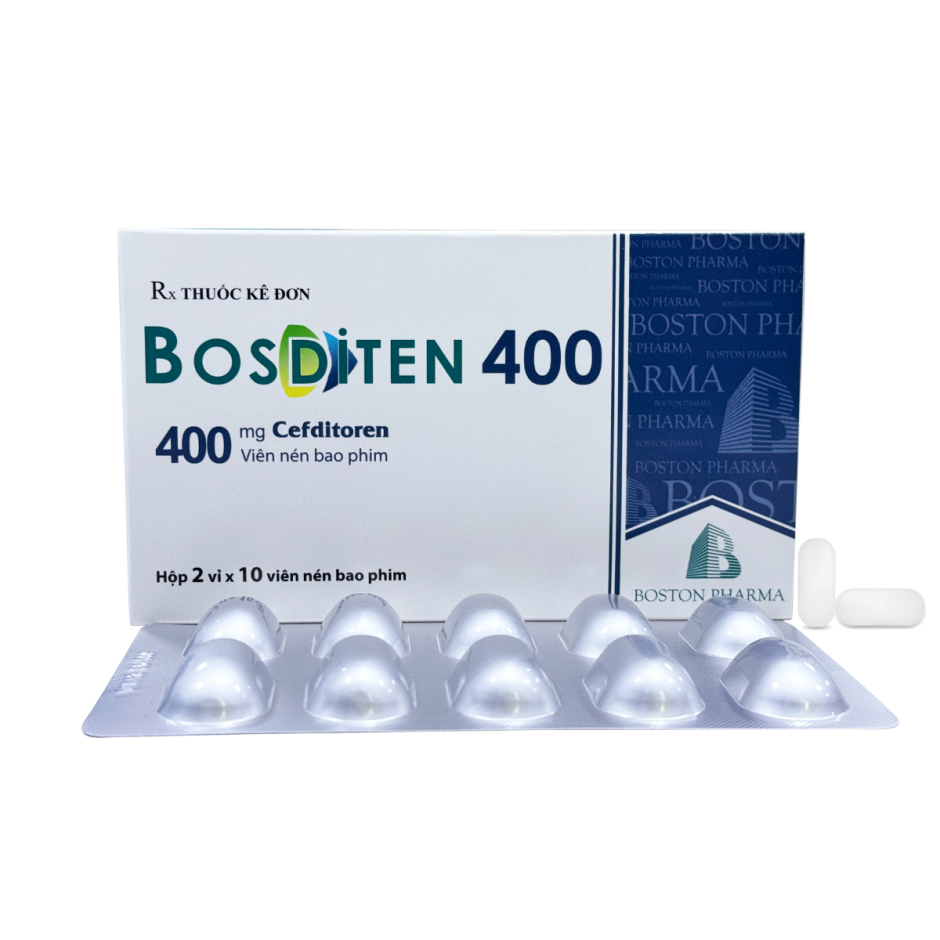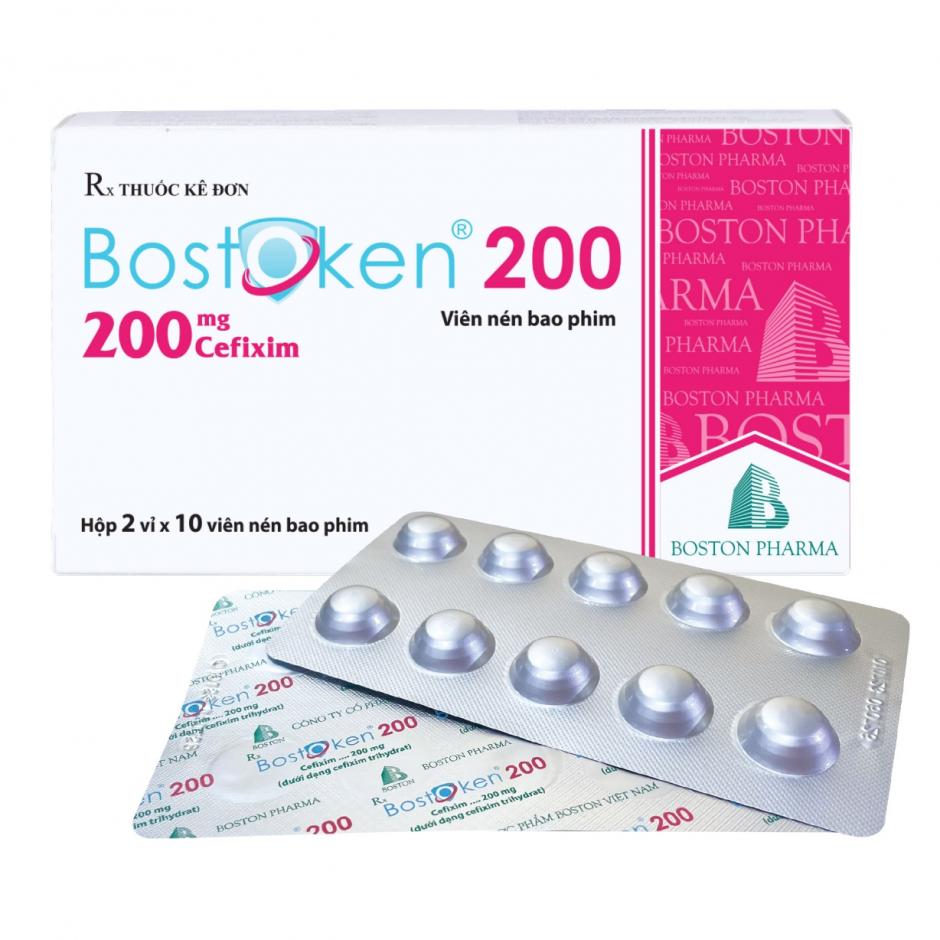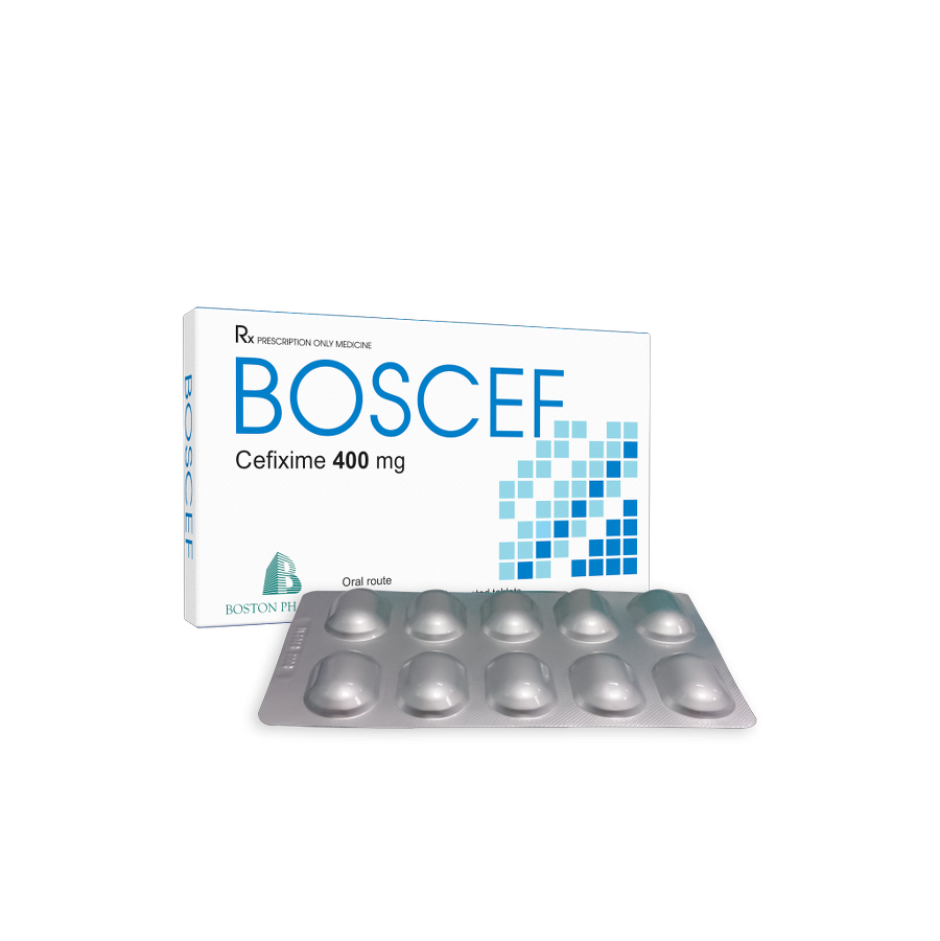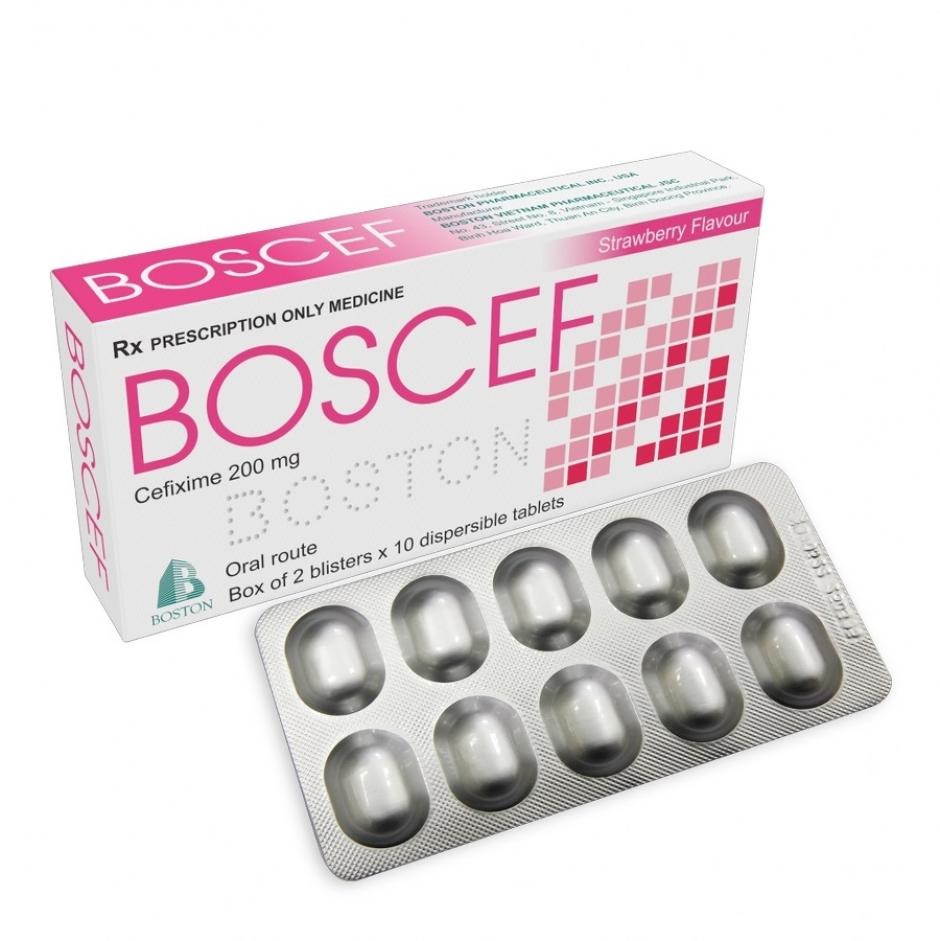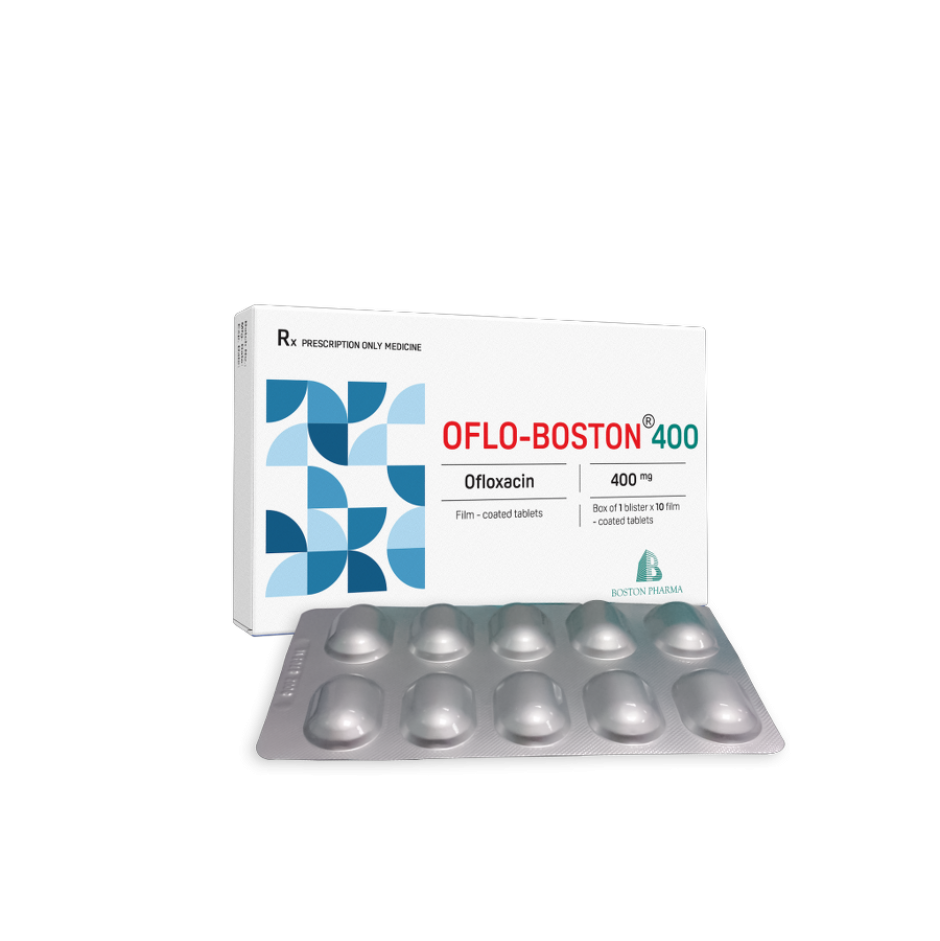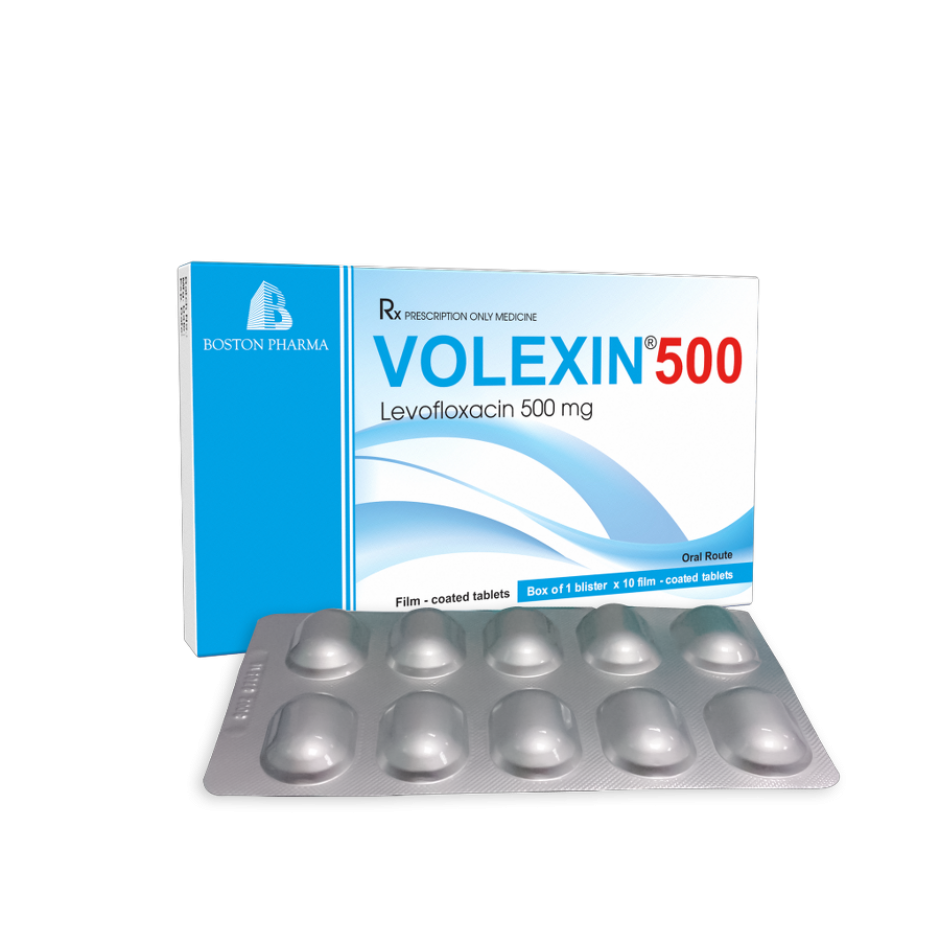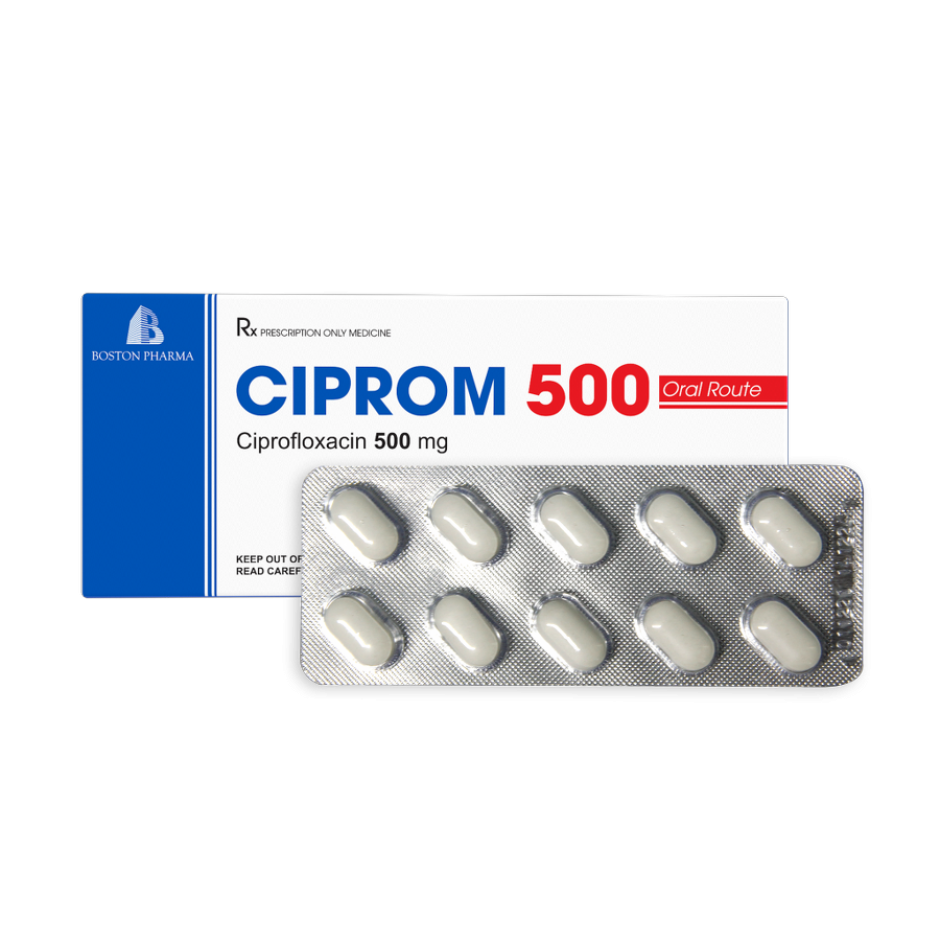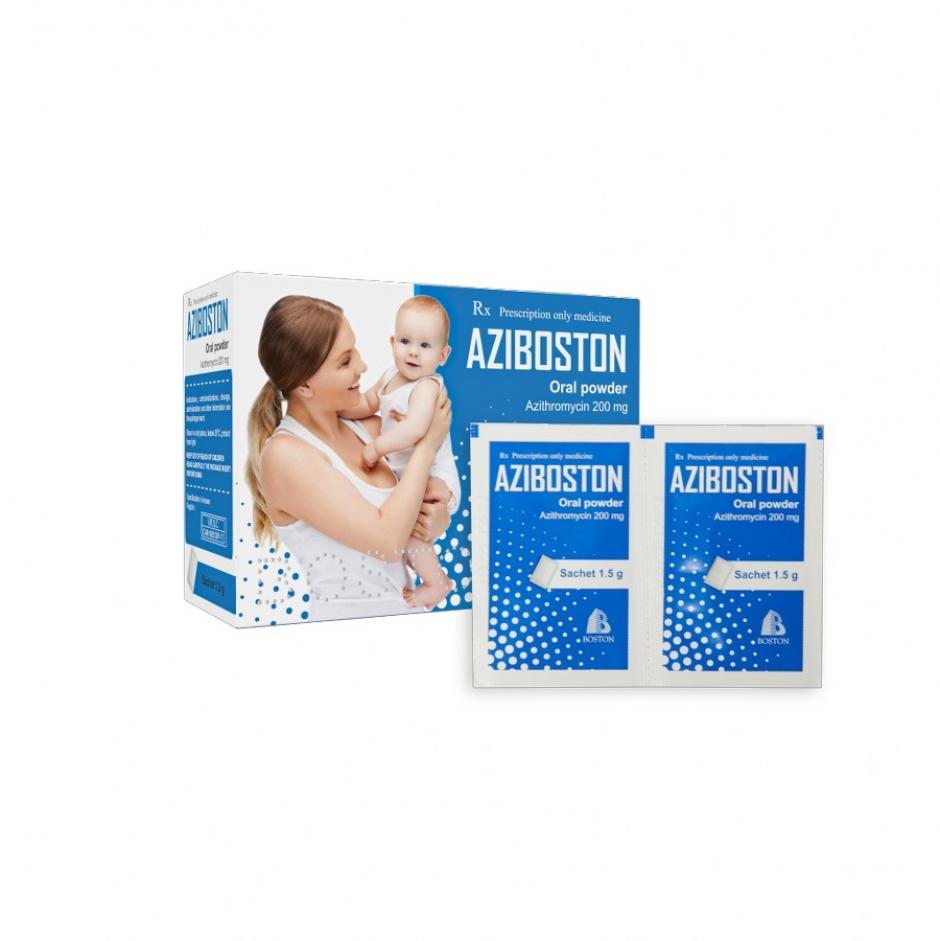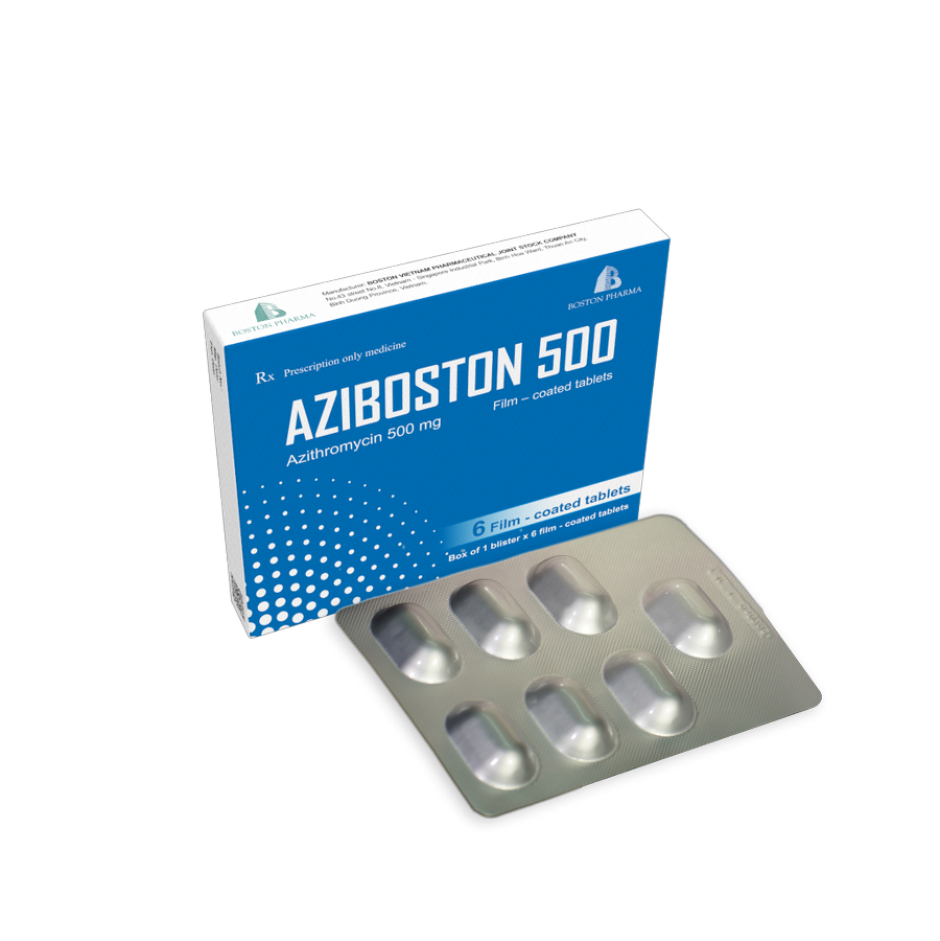Dosage
Adults:
The recommended dosage is one tablet twice daily.
Children: Roxithromycin is administered twice daily at a dose of 5 to 8 mg/kg/day and not recommended for children of under 40 kg.
Duration of therapy:
The duration of therapy with roxithromycin depending on the indication and clinical response.
The usual duration of treatment is five to ten days.
The duration of treatment should not exceed ten days.
Streptococcal throat infections require at least ten days of therapy.
A small proportion of patients with nongonococcal genital infections may require 20 days for complete cure.
Administration
Roxithromycin should be taken at least 15 minutes before food or on an empty stomach (i.e. more than three hours after meal). It must be swallowed whole with a drink.
CONTRAINDICATIONS
Hypersensitivity to macrolides or to any of the excipients.
Co-administration with vasoconstrictive ergot alkaloids (dihydroergotamine, ergotamine).
Colchicine.
Concomitant use with drugs that may cause ventricular arrhythmias (torsades de pointes, prolonged QT interval) is contraindicated. Such drugs include for example terfenadine, astemizole, cisapride or pimozide.
Women breast-feeding an infant who is treated with cisapride.
WARNINGS AND PRECAUTIONS
Impaired hepatic function:
Administration of roxithromycin is not recommended in patients with severe liver failure. In patients with mild to moderate liver failure, roxithromycin should be used with caution. If it must be administered in these subjects, regular liver function tests are required and if necessary, consideration should be given to reducing the daily dosage to half the usual dosage.
Impaired renal function:
The amount of active substance and its metabolites eliminated by the urinary route are small (10% of the oral dose). There is therefore no need to adjust dosage in patients with kidney failure.
Use in the elderly:
The elimination half-life is longer in elderly subjects. However, after repeated administration of 150 mg every 12 hours, peak plasma concentrations, AUC and steady state in the interval between 2 roxithromycin doses are no different to those found in young subjects. It is therefore not necessary to adjust the dose in elderly subjects.
Use in children:
In young animal studies, high oral doses of roxithromycin were associated with bone growth plate abnormalities. However no abnormalities were observed in the animals at doses resulting in unbound plasma roxithromycin concentrations that were 10 to 15 times higher than the unbound concentration measured in children receiving the therapeutic dose. The maintenance of such safety margins is primarily dependent on high affinity binding of roxithromycin to plasma α1-AGP and will be compromised by any circumstances attenuating the extent of this binding. It is recommended that the approved pediatric dosage regimen (i.e. 5 to 8 mg/kg/day for a maximum of ten days) be adhered to strictly.
Neutropenia was observed in children treated with roxithromycin. 31.6% of 402 children in clinical trials had a neutrophil count below the lower limit of normal range (3500/mm3) at the conclusion of therapy with roxithromycin. Of these, 4% had a neutrophil count of less than 1500/mm3 and 1.2% had a count of less than 1000/mm3. It is not known whether this is an effect of the drug, or whether it reflects a normal fluctuation of the neutrophil count or a response to infection in children.
Severe bullous reactions:
Cases of severe bullous skin reactions such as Stevens Johnson syndrome (SJS) or toxic epidermal necrolysis (TEN) have been reported with roxithromycin.
If symptoms or signs of SJS or TEN (e.g. progressive skin rash often with blisters or mucosal lesions) are present, roxithromycin treatment should be discontinued.
Myasthenia:
As with other macrolides, roxithromycin may aggravate myasthenia.
Clinical monitoring in long-term treatment:
Monitoring of liver function, renal function and blood count is particularly recommended in long-term treatment (e.g. treatment duration exceeding 2 weeks).
Clostridium difficile infection:
Cases of Clostridium difficile-associated diarrhea (CDAD) have been reported with the use of almost all antibiotics, including roxithromycin. Severity of the disorder can vary from mild diarrhea to life-threatening pseudomembranous enterocolitis. Antibiotic treatment modifies colon flora, thus leading to an excessive proliferation of C.difficile.
C.difficile produces A and B toxins which contribute to the development of CDAD. These toxin-producing strains increase morbidity and mortality since these infections may be refractory to the antibiotic treatment and the patient may require a colectomy. The possibility of CDAD should be considered in all patients who develop diarrhea following the use of antibiotics and treatment with roxithromycin should be stopped immediately. It is important that CDAD be considered as a possible diagnosis in patients who have diarrhea during or following antibiotic treatment.
Carcinogenesis, mutagenesis, impairment of fertility:
Long-term studies in animals have not been performed to evaluate the carcinogenic potential of roxithromycin. Roxithromycin has shown no mutagenic potential in standard laboratory tests for gene mutation and chromosomal damage.
These was no effect on the fertility of rats treated with roxithromycin at oral doses up to 180 mg/kg/day.
PREGNANCY AND LACTATION.
Pregnancy
As a precaution, roxithromycin should preferably not be used during pregnancy. Although there is no evidence of teratogenic or fetotoxic effects from animal studies at doses higher than 200 mg/kg/day or 40 times the therapeutic dosage in humans, the clinical data are insufficient.
Lactation
Most macrolides have been found to be excreted in breast milk, at concentrations equal to or higher than plasma concentrations. However, the amounts ingested by the breastfed newborn are low compared to pediatric doses. The highest risk for the infant is intestinal flora imbalance. Breast-feeding during treatment is therefore possible. If the breast-fed infant develops gastro-intestinal disorders (intestinal candidiasis, diarrhea), breast-feeding must be stopped (or treatment with the drug discontinued).
If the breast-fed newborn or infant is being treated with cisapride, use of macrolides in the mother is contraindicated as a precaution due to the potential risk of interaction in the infant (torsades de pointes).
EFFECTS ON ABILITY TO DRIVE AND USE MACHINES
Vehicle drivers or machine users should be informed about risk of vertigo.
SHELF-LIFE
36 months from the manufacturing date. Do not use after the expiry date.



_roxiboston_900x900.jpg)
